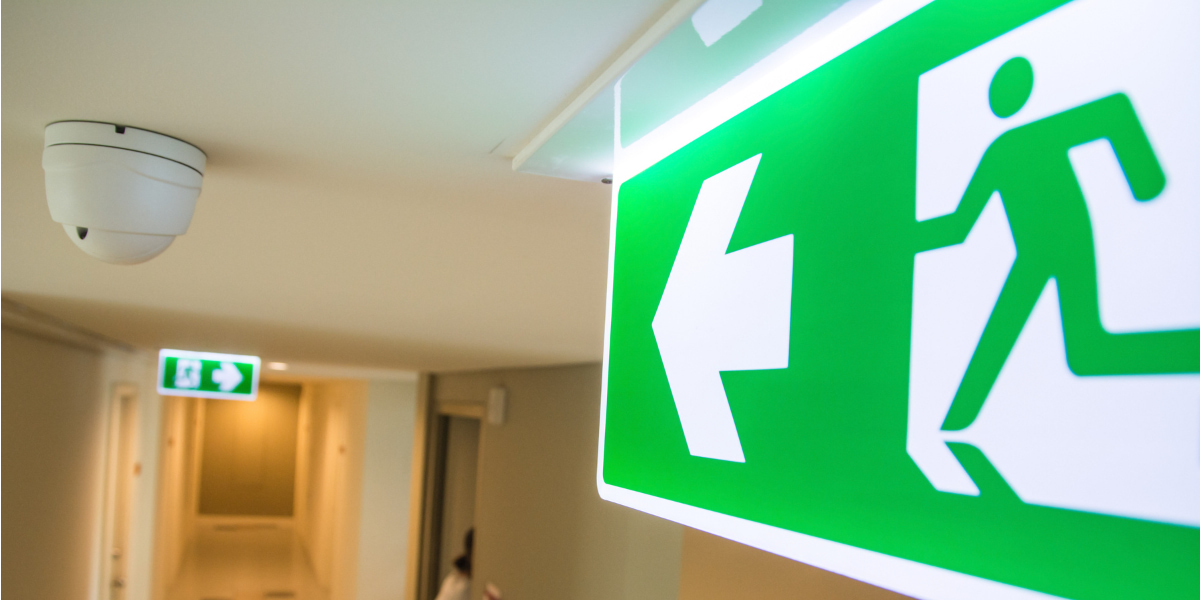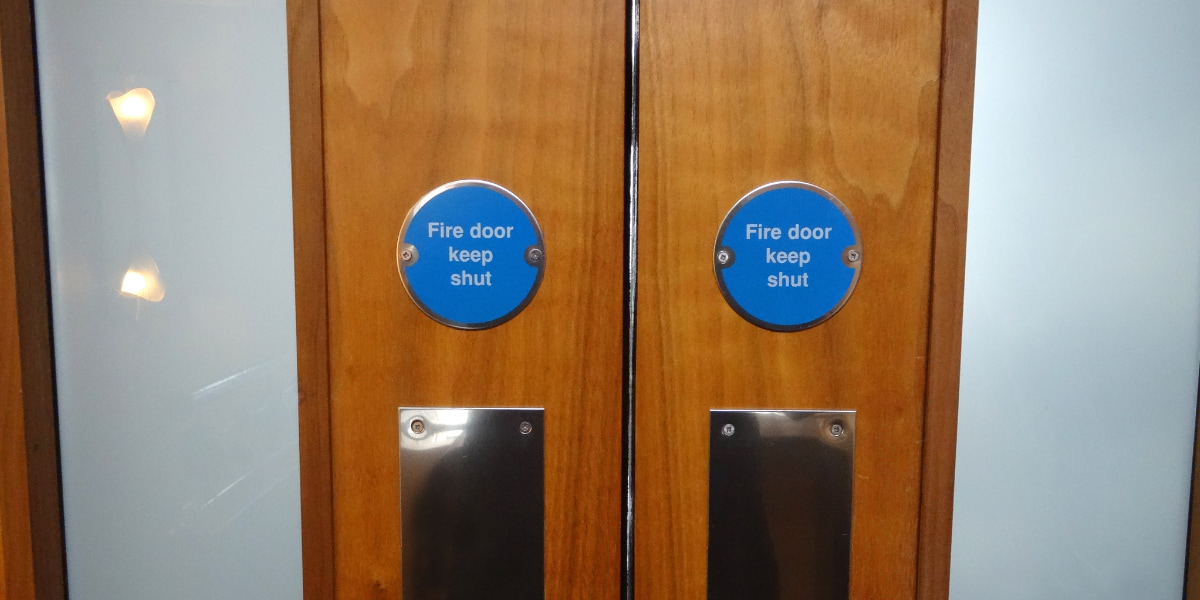Those responsible for fire safety in business or commercial premises are required to provide fire safety signs and fire exit signs. Fire safety signs and exit signs play a crucial role in fire safety, particularly ensuring the safety of occupants during a fire emergency.
The Regulatory Reform (Fire Safety) Order 2005 is an essential component of UK fire safety, formulating all laws relating to fire safety into one policy, including the application of fire signage. Moreover, the Health & Safety (Safety Signs and Signals) Regulations 1996 are specially designed for safety signage.
Fire safety signs are informative designs that communicate essential details about existing fire hazards, preventative measures and the designated response in fire scenarios. The signs should instruct occupants how to use fire safety equipment, such as fire extinguishers, and provide preventative measures.
Fire exit signs are directional designs which help to guide occupants towards the nearest and safest escape routes in fire scenarios. Time-saving and potentially life-saving, fire exist signs aid swift evacuations by providing clear indicators toward exits, minimising confusion and saving crucial time.
When effectively utilised in unison, fire safety signs and exit signs help to improve evacuations, reduce panic, improve decision making and equip occupants with the information required to safely extinguish fires, when appropriate.
Fire safety and exit signs are only effective if the signs are clear, visible, legible and properly maintained. The signs are sensibly made from fire-resistant and fire-retardant material to ensure signage is visible in fire scenarios, and sufficient illuminating is provided, including the crucial role of emergency lighting in a fire scenario.
Mandatory Fire Safety Signs
Fire Action Notice
The primary purpose of a Fire Action Notice is to ensure anyone present in the building is equipped with the information required should a fire be discovered or if it’s necessary to evacuate.
These signs should provide;
- Phone number to alert fire fighting services
- The exit to use to leave the building
- Assembly point details
- Additional, building-specific instructions
As per the Regulatory Reform (Fire Safety) Order 2005, all buildings must provide a Fire Action Notice. It’s usually recommended to display the Fire Action Notice near every fire alarm point and every exit door.
Evacuation Routes, Fire Doors & Assembly Points
Fire Exit Signs
The role of a fire exit sign is to direct occupants and residents toward the door to escape. For complex buildings, fire exist signs are an absolute requirement. It’s important to remember that occupants may not be familiar with the internal layout of properties. Fire exist signs can be directional designs with arrows indicating which way to go or to direct occupants to the shortest route for evacuation.
Fire Exit Doors
All fire doors carry a mandatory “Fire Door, Keep Shut” signs, illustrating to occupants the importance of keeping fire doors locked shut to protect occupants internally. Fire exit doors may also require instruction on how to utilise the door, or indicate whether the door operates automatically.
Fire Assembly Points
The fire assembly point sign is designed to direct occupants to the designated area. A fire assembly point, following a fire risk assessment, should ensure occupants are directed to a point safely away from flames and smoke, as well as debris from the fire, and are not impeding fire fighters.
Fire Equipment Signs
Fire equipment signs are important for two reasons; how to locate fire-fighting equipment, and how to use it.
The vast majority of fires can be eliminated with a fire extinguisher within two minutes, illustrating the importance of identifying the correct fire extinguisher quickly. There are many different types of fire extinguishers designed for tackling different fire classifications, so it’s crucial that they’re clearly fixed to allow occupants and fire safety personnel to familiarise themselves with guidance.
In addition to fire extinguishers, fire equipment signs include signs for equipment such as hose reals and dry risers.
The most important piece of fire equipment is the fire alarm. Fire alarms refers to a wide range of equipment and systems on-hand which crucially notifies others to the presence of fire. A fire alarm call-point should always be clear and visible, allowing occupants to notify others as quickly as possible.
Warning & Prohibition
Warning & prohibition fire safety signs are proactive, preventative designs which help to prevent fire scenarios occurring.
Fire warning signs are generally in black and yellow, and are designed to draw attention to the presence of flammable substances and materials, such as gas and oil. Fire prohibition signs warn those in the area not to commit specific mistakes, such as smoking, starting a fire or using particular equipment around flammable materials.




